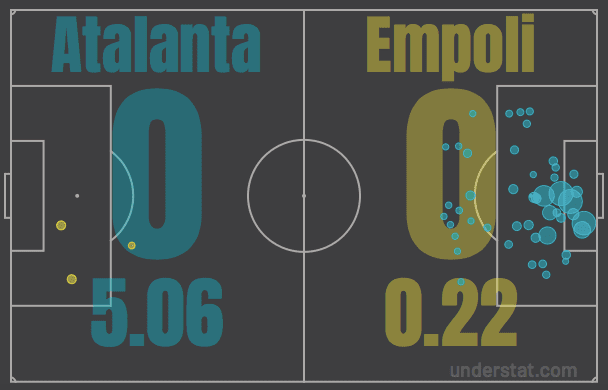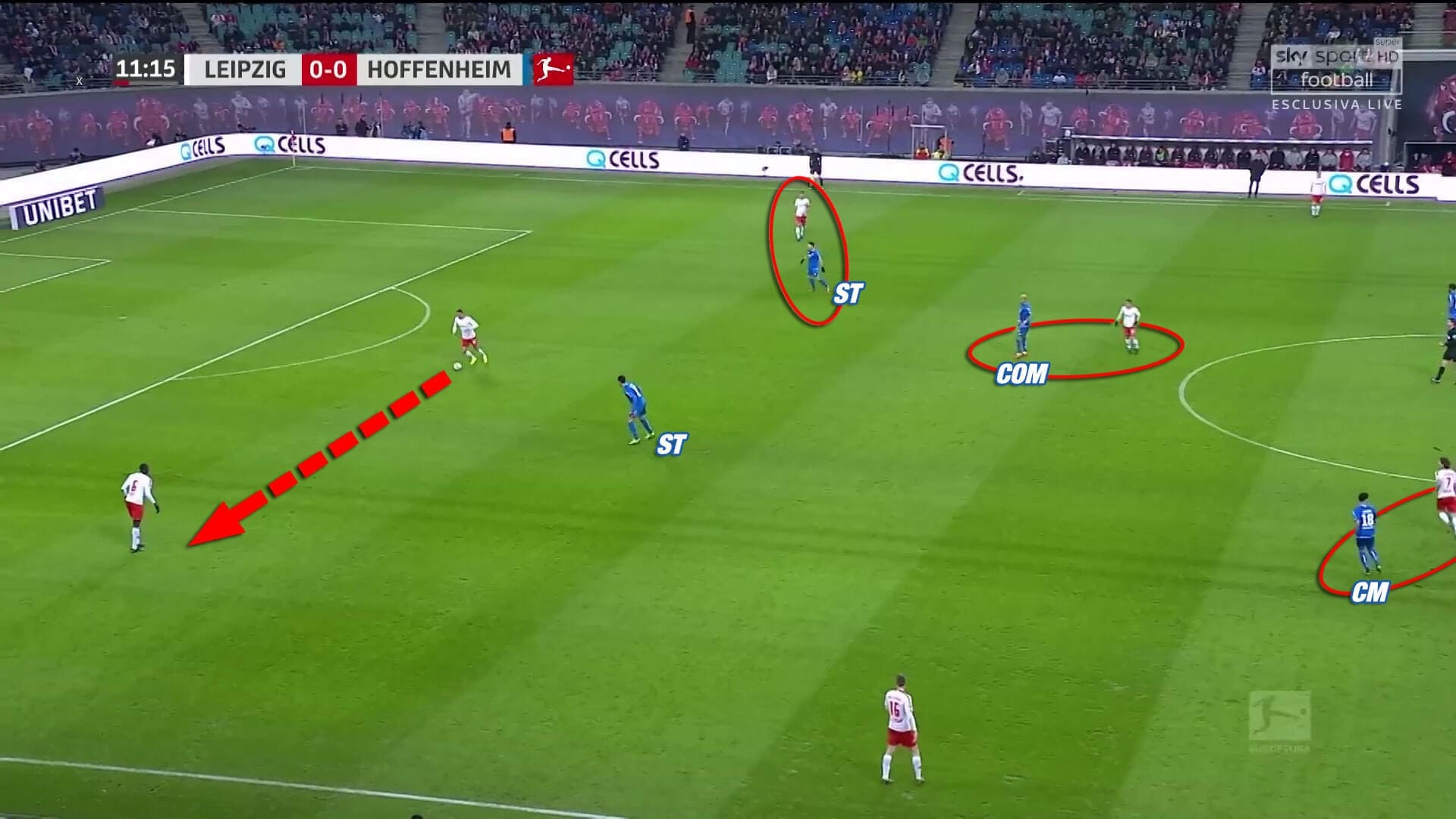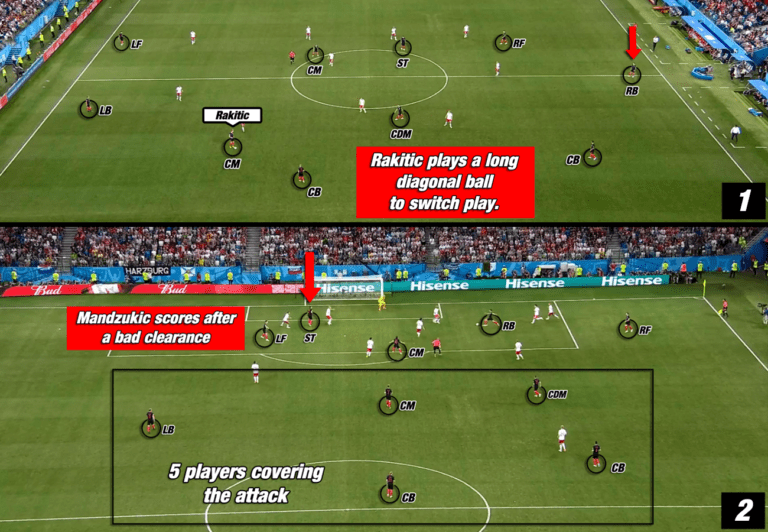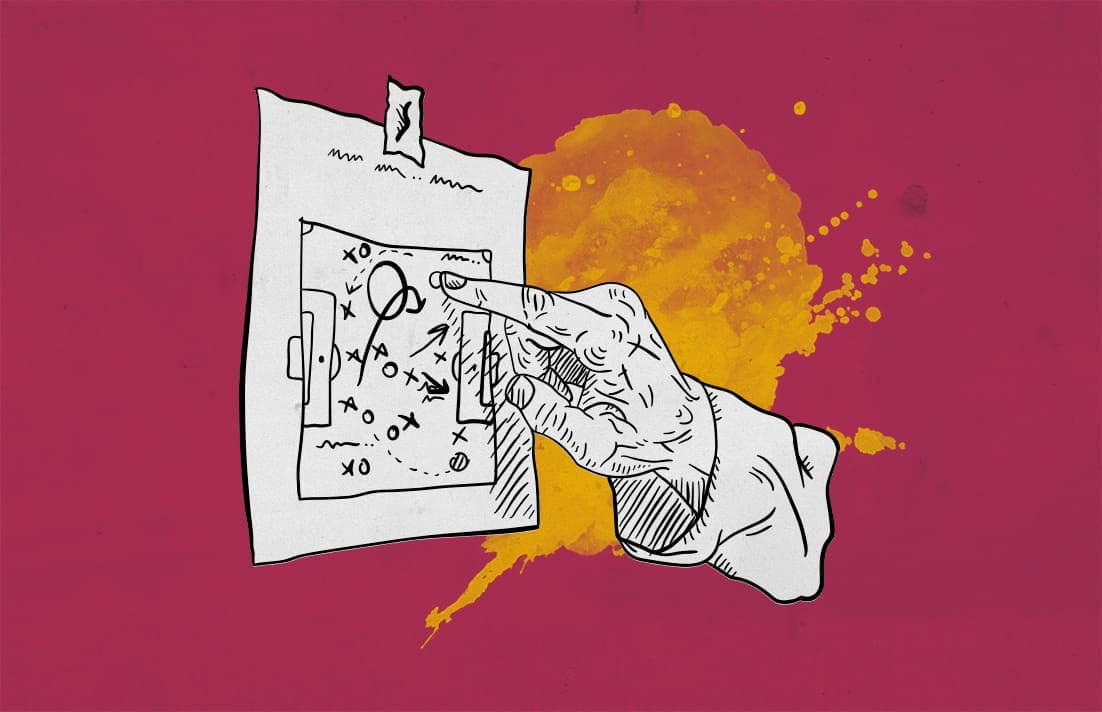The number of analysts in football has largely grown throughout the last few years. The density of teams performing at a high level has increased due to information transfer through globalisation. As a consequence, clubs need to improve their performances on the pitch on a daily basis and cannot afford to overlook mistakes. Analysts, therefore, are supposed to analyse the teams’ tactical performances.
In this article, we will show you how to analyse a football match in order to draw conclusions which are not solely based on the result of the game.
What is a match analysis?
A match analysis is defined as the examination of a game in a structured way. Match analysis is supposed to provide feedback for team and coach about the success of their plan and performance.
In order to avoid sole reliance on numbers and statistics, match analysis is mainly divided into two categories, the qualitative analysis and the quantitative analysis.
Quantitative analysis
Quantitative analysis describes the analysis of a game through numbers and statistics. Therewith, quantitative analysis is completely objective. The most common example in football is the possession rate. Other frequently used statistics are won duels, the pass completion rate, the running distance and many more, but what conclusions can we draw from those values?
The answer to that question is disillusioning. Quantitative analysis is very limited in its validity. Only a few of the statistics offer a significant correlation with the result of a match. Possession rates, for example, do not correlate with the result of the game. However, there is a small positive correlation between the possession rate of possession-based teams and the result as well as a negative correlation between the possession rate of defensive-minded sides focusing on counter-attacking and the result.
Nevertheless, statistics can help us to back up the results of our qualitative analysis. One could, for example, prove the success of a high press with a relatively low pass completion rate of the opposition defenders.
To provide statistics with a higher validity, values such as “expected Goals” were invented. The so-called xG calculates the predictability of a goal to be scored from certain areas of the pitch in certain situations. Thereby, it is possible to calculate how many goals a team would have normally scored in a match with an average conversion of chances. This statistic solves the issue of the “law of large numbers” in football. Since the number of goals in football is relatively low, the result can completely differ from the actual performances of both teams. The xG values of the Serie A game between Atalanta and Empoli displayed below bear witness to this assumption.

Every statistic is lent a different significance. Obviously the bigger the correlation between the event and the result of the match, the bigger the significance of the statistic. The number of shots on target is, for instance, more significant than the number of completed passes.
When bearing the mentioned aspects in mind, quantitative analysis can be useful to make predictions and back up our qualitative analysis.
Qualitative analysis
Qualitative analysis is the second category of match analysis which describes a subjective analysis of the game. Therefore, the game is examined with decision-making and player behaviour evaluated as positive or negative. Whether the outcome of one and the same situation is evaluated as positive or negative depends on the observer. As a consequence, different analysts can gain completely different results on the same match.
Another analysis category with decreased subjectivity is semi-qualitative analysis. In this case, one depicts a certain situation and defines possible outcomes. For example, depicting counter-attacks of Team A. Possible outcomes would be the loss of the ball, a set-piece or a shot. One would then further divide these outcomes. For example, whether it was a shot on target or not. After examining several counter-attacks for a long period of time, one could then evaluate whether Team A made progress in their counter-attacks. Since the result is the frequency of certain outcomes, it can also be called semi-quantitative analysis as it is a mixture of quantitative and qualitative analysis.
Group tactical analysis
As a part of the qualitative analysis, one can examine the actions of a certain group in a certain situation. One could, for example, depict how a striking duo acts during a press when one of the opposition central defenders carries the ball.
For instance, Hoffenheim’s striking duo marks one centre-back and guides the build-up towards the one on the other side of the pitch. In the following, the ball near attacker would press the right centre-back.

One could use these build-up situations to evaluate the success of Hoffenheim’s press in a qualitative or semi-qualitative way. The qualitative part would be to examine how Hoffenheim’s attackers press the opposition defenders (e.g. arc run). The semi-qualitative part would be to evaluate how many times Hoffenheim can win the ball, force the opposition to hit the ball long, are being outplayed etc.
Team tactical analysis
Since football is a team sport, one should also analyse the interaction of players and their behaviour as a unit to draw conclusions on possible development potential. The advanced method is to examine the behaviour of the whole team in one specific phase of the game.
The image below shows an example of an analysis of collective behaviour.

The illustration provides a view of all players on the pitch which is essential when analysing team-related behaviour. As players need to react to the opposition actions, it is necessary to depict the opposition behaviour as well.
Again, a semi-qualitative analysis or qualitative analysis of this phase of the game would be possible and enable the coaching staff to evaluate whether their approach was sensible against this specific opponent.
Conclusion
All in all, a good match analysis exists of both qualitative and quantitative analysis. Whereas quantitative analysis in the form of statistics can back up our observations, qualitative analysis is always subjective and should, therefore, be verified by other observers or clustered with the help of semi-qualitative analysis. Last but not least, both the system and style of play should always be considered when analysing a game or a team.
To conclude, as for most things in life, match analysis is also about the right mixture of quantitative and qualitative analysis. Most importantly, one should always incorporate the philosophy of the team since it is not just right or wrong in football.
If you love tactical analysis, then you’ll love the digital magazines from totalfootballanalysis.com – a guaranteed 100+ pages of pure tactical analysis covering topics from the Premier League, Serie A, La Liga, Bundesliga and many, many more. Buy your copy of the May issue for just ₤4.99 here, or even better sign up for a ₤50 annual membership (12 monthly issues plus the annual review) right here.





Comments